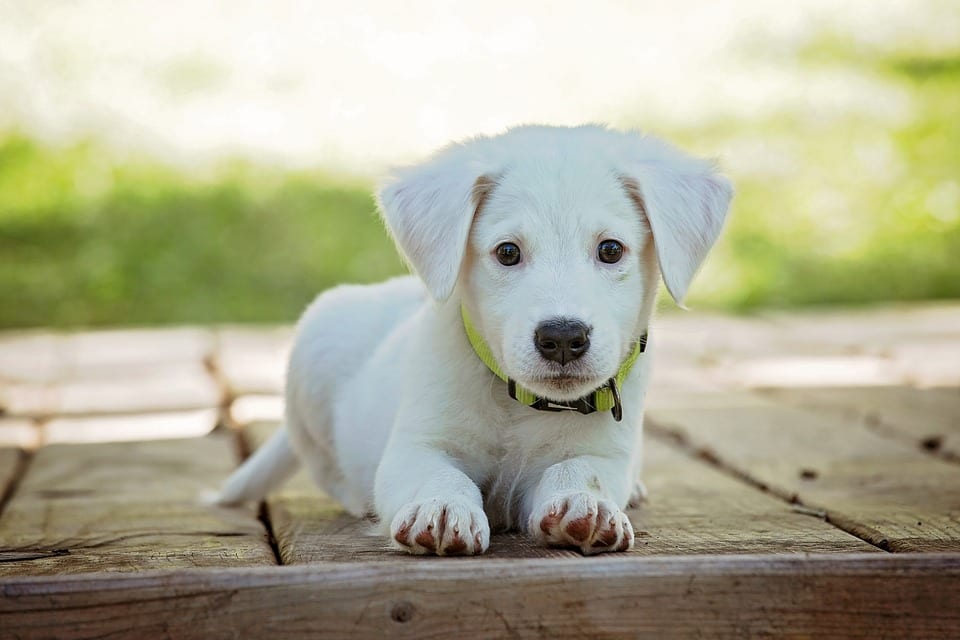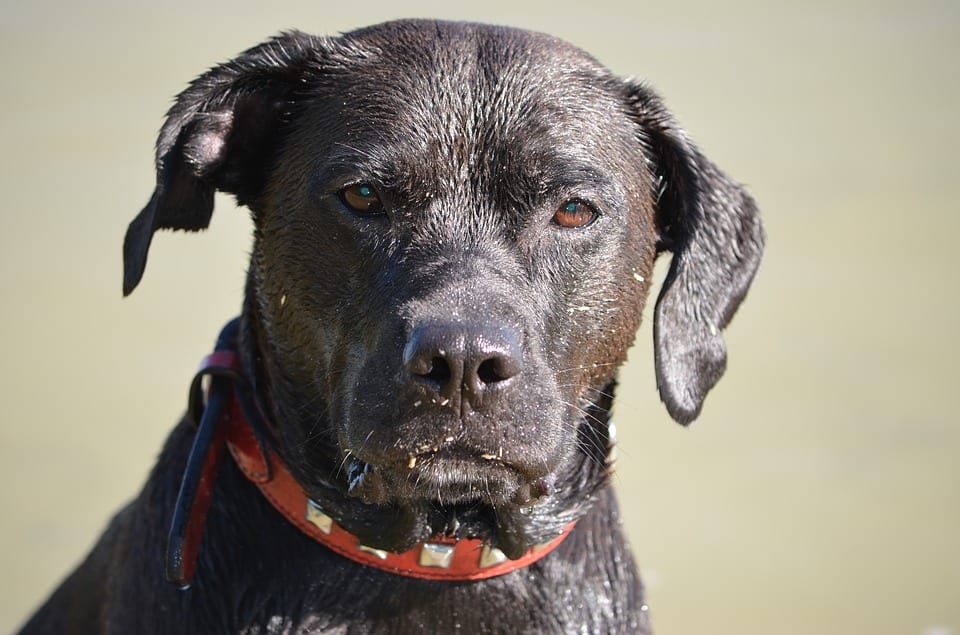Attention dog lovers! I’m sure you’ve heard a bunch of these dog myths before, but guess what? They’re not true. Not at all. So next time you’re at the dog park, bring these up in casual conversation, so you can impress your fellow canine owners (good for flirting, or whatever people do in dog parks…I’m just going off movies).
1. Dogs eat grass when they’re sick

Photo Credit: Pixabay
Nuh uh. If you see your pooch eating grass, don’t panic and get the vet on the line. Researchers say that dogs just like to eat grass, plain and simple. This may be a leftover evolutionary practice from when they ate grazing prey animals as early wolves.
2. A dog’s mouth is cleaner than a human’s
I’ve heard this one since I was a little kid, especially when I was sharing my dinner with my dog Quincy. This one, however, isn’t true either. Just think of where a dog sticks its tongue all day.
Okay…now that you have that mental image, you probably realize that a dog’s mouth is just as dirty as a human’s. Dogs have different types of bacteria in their mouths, but they are by no means any cleaner. Dirty dog!
3. Dogs are colorblind

Photo Credit: Pixabay
Dogs can’t see as clearly as humans, but they can still see blues, greens, yellows, and shades of gray.
4. The whole “Dog Years” thing
Another one you’ve heard your whole life. One year for a dog is equal to 7 for a human, right? Wrong. Vets use a different method to figure out a dog’s age. Puppies age quickly, but aging in older dogs slow down. So the first two years are equal to about 12 years each, and each subsequent year equals about 4-6 human years.
5. A dry nose equals a sick dog

Photo Credit: Pixabay
Another false statement. A dog’s nose can be wet or dry depending on humidity, temperature, and how excited they are at any given moment.
6. A wagging tail means your dog is happy
I’ve always fallen for this one. But it turns out that wagging tail can mean a lot of things. Dogs do wag their tails when they’re happy or excited, but they also do it when they’re scared or feel threatened. Take a look at a dog’s overall body language if you want to see how they really feel.
h/t: Ripleys






